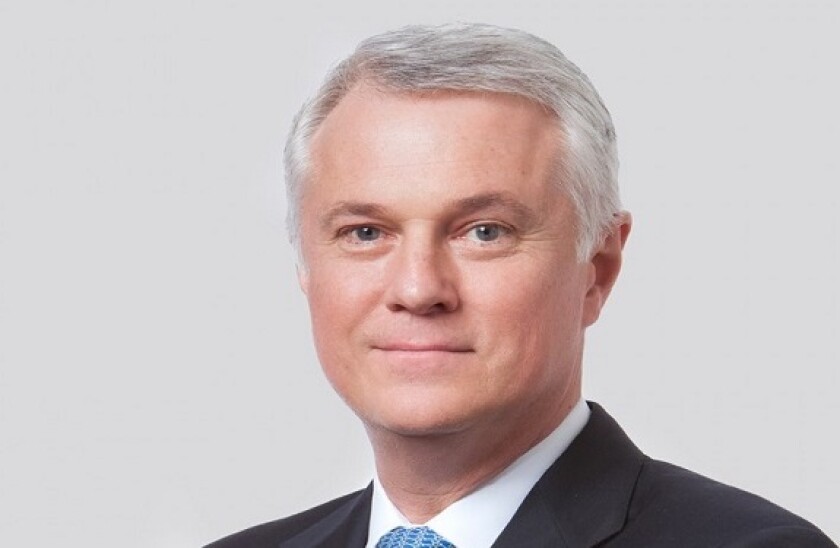Drake-Brockman’s pitch to global and North American investors is quite simple: the US market is a decade ahead of Europe, and it has already exhausted much of its capacity for growth.
“Direct lending is a roughly 20-year asset class in the US, whereas it took off in Europe after the global financial crisis," he said. "In the US, it’s a very mature market — for the middle market, 90% of lending activity is done by asset managers like us.
“What that means is growth prospects for US direct lending can only be based on more demand for lending from borrowers, as opposed to demand being created by the withdrawal of lenders like the banks.”
However, institutional appetite for direct lending, which offers chunky returns in a wafer-thin world, is still growing. “Globally, institutions are looking for higher-yielding assets and direct lending is one of the key markets,” he said. “But if we look at the US market, it’s at full capacity. More money flowing in would result in a supply-demand imbalance inside the US market."
As it stands, there are 469 direct lending funds with a primary focus on North America, according to Preqin, whereas only 244 funds with Europe as their focus. Since 2006, the point in which Preqin has had a comprehensive sense of the market, Europe-focused funds have raised $174bn while North America have raised $208.5bn.
Europe is catching up from a slow start. Before 2012, direct lending funds with a primary focus on Europe had only raised €6bn, four and half times less than the amount raised in North America by that time.
“It’s becoming less prevalent that US institutions are keeping their allocations solely focused to the US, and are increasingly allocating capital to European direct lenders. They can see the track record in managers now and our performance over the past five or six years.”
Over-saturation in the US market, Drake-Brockman claims, has led to disintegration of the terms on the investor side. "You’ve got 200 asset managers in the United States doing direct lending, which results in lower margins and more relaxed terms," he said.
In Europe, however, there's more room for the market to grow as banks pull back further. As Drake-Brockman puts it, “in Europe, direct lending is only about 35% of the market today, but it’s moving towards 50 plus per cent as banks are going to contract even further. The ECB is pushing for bank consolidation which effectively means downsizing and lending moving away from banks to portfolio managers like ourselves.”
If this plays out the way he predicts, Pemberton is in a strong position as one of the top five direct lenders in Europe with €7.6bn of assets under management. According to Drake-Brockman, the top 10 funds in Europe control up to two thirds of the market – and the top five are at roughly 50%, a far higher concentration than in the US.
Storm weathered?
But some may think this a curious time to be so bold.
European direct lending, which focuses largely on Western Europe’s mid-market, was particularly exposed to the financial crisis brought on by the pandemic. Smaller and more levered companies were hit hardest, while large companies were supported by central bank bond buying. Moreover, some direct lenders are exposed to sectors that are really challenged, like retail and commercial real estate.
But Drake-Brockman thinks that it will benefit the market to go through a downturn, because this will allow it to demonstrate resilience. “We have now been through the coronavirus, so the market has been through a proper cycle.”
